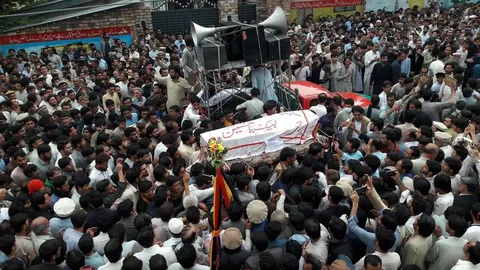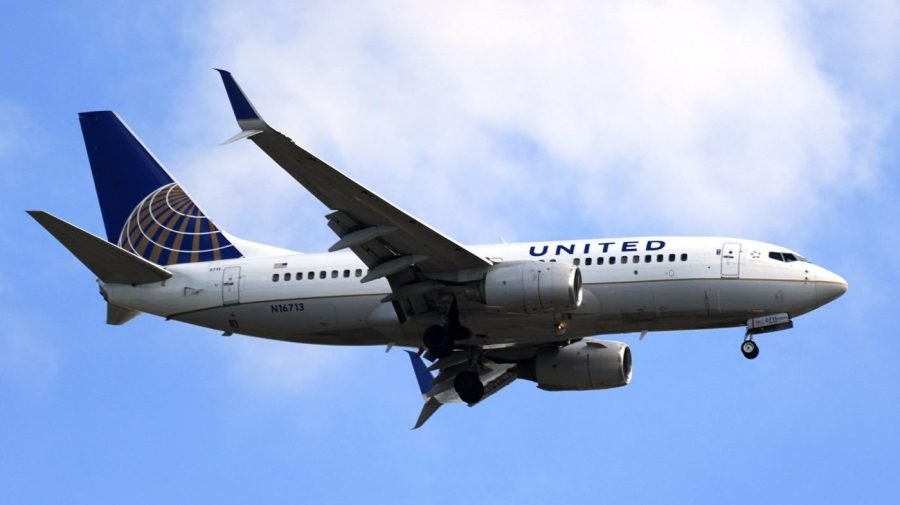
In the rugged terrain of Pakistan’s Kurram Valley, Parachinar has been a focal point of conflict and tragedy. This city, primarily inhabited by the Shia Muslim community, has endured a prolonged and harrowing series of attacks that are often referred to as the “Parachinar Genocide.” The violence has had a devastating impact on the Shia population
The Historical and Sectarian Background
Parachinar’s significance stems from its strategic location and its diverse demographic makeup. The city is predominantly Shia Muslim, a minority sect in Pakistan where Sunni Islam is the majority. The sectarian divide has played a crucial role in the region’s tumultuous history. Historically, Shia communities in Pakistan have faced persecution and discrimination, often becoming targets of extremist groups who harbor sectarian biases.
The Kurram Valley, where Parachinar is located, has seen ongoing conflict due to its proximity to Afghanistan and its strategic importance. The region’s complex ethnic and religious landscape has contributed to frequent outbreaks of violence.
Also Read: Israel’s War on Gaza Strip: Israeli Attack on Shelter in Gaza, Kills at least 30
The Parachinar Genocide: A Timeline of Tragedy
The term “genocide” applied to Parachinar reflects the systematic and intentional violence inflicted upon its Shia residents. The most intense period of violence occurred from the early 2000s to the 2010s, though the roots of sectarian conflict in the area stretch back further.

- Bombings and Attacks: Over the years, Parachinar has been plagued by a series of bombings and targeted attacks. These assaults have been marked by their brutality and precision, often aiming directly at Shia gatherings and neighborhoods. High-profile attacks, such as bombings in local markets and religious processions, have resulted in significant casualties and widespread fear among the Shia community.
- Militant Groups: The violence has often been attributed to militant groups with sectarian agendas. These groups have exploited local and regional conflicts to further their own aims, targeting Shia Muslims as part of a broader strategy of division and terror.
- Government Response: The response from local and national authorities has been criticized for its inadequacy. While there have been efforts to address the violence, such as increased security measures and calls for justice, these have often been insufficient to stem the tide of attacks or to provide adequate protection for the Shia community.





